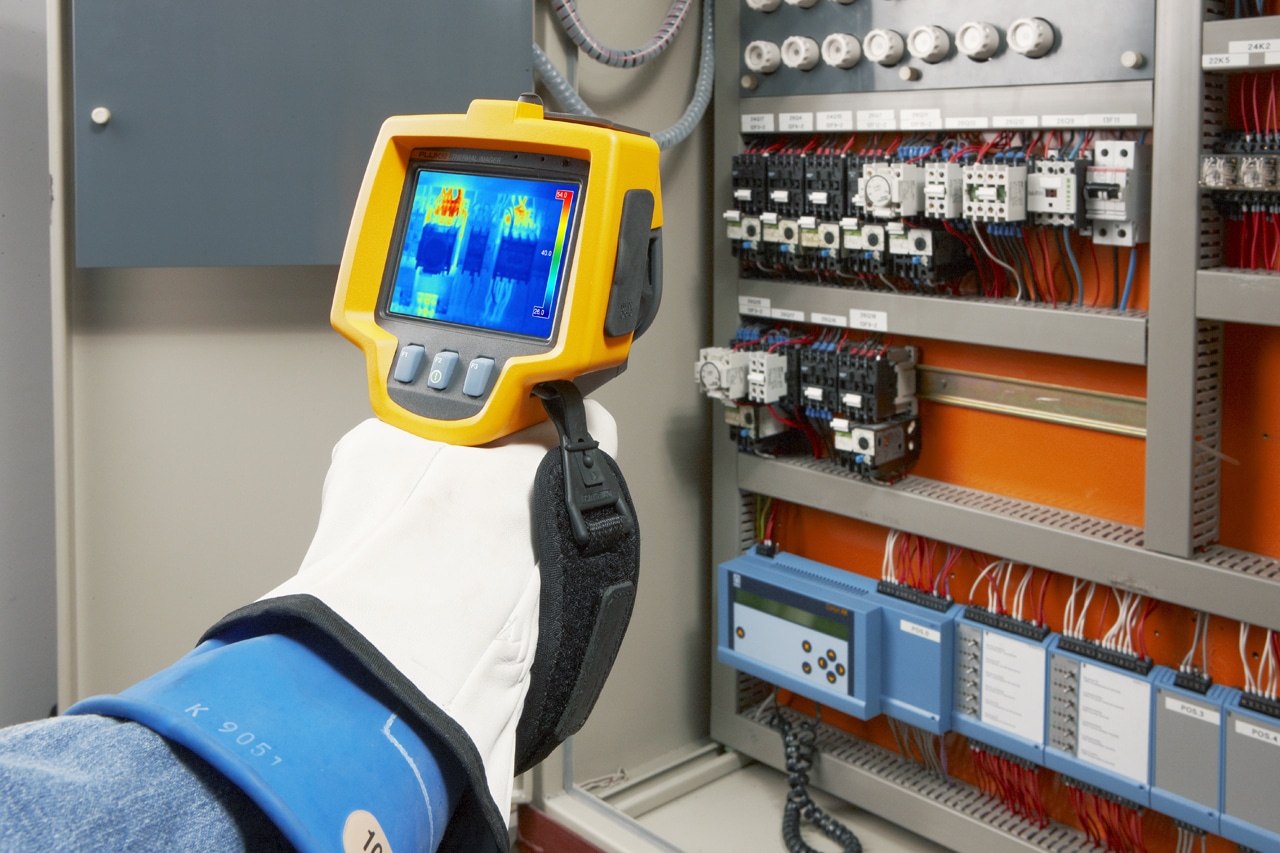




What is Thermographic Testing?
Thermographic testing uses infrared imaging to detect temperature changes that are not visible to the naked eye. By mapping heat patterns, it helps identify abnormal conditions in machines, electrical systems, and process equipment. This technology is a key tool for predictive maintenance, allowing factories to detect problems early and avoid costly downtime or equipment failures.
1. Bearing Monitoring
Bearings are critical for rotating and moving equipment. Abnormal heating may occur due to insufficient lubrication, excess lubrication, or friction from wear and tear. Infrared testing quickly detects these temperature rises, helping prevent unexpected breakdowns and protecting other machine components.
2. Electrical & Insulation Monitoring
Electrical cabinets, cables, and connections can overheat as resistance builds up over time. Thermographic inspections pinpoint hot spots, loose connections, or insulation failures, allowing timely maintenance before complete system failure.
3. Leak Detection
Leaks in equipment or pipelines often cause temperature variations. Infrared thermography can quickly identify these issues so they can be repaired before escalating into costly shutdowns or safety risks.
4. Process Temperature Analysis
By comparing current operating temperatures with safe ranges or historical data, thermography provides valuable insight into process stability and equipment health. Abnormal temperatures can be flagged early, avoiding production losses.
Reduced Maintenance Costs: Detect issues before they disrupt operations, allowing for planned repairs instead of emergency shutdowns.
Faster Diagnostics: Capture a complete heat map of equipment instantly, unlike other methods that require longer, point-by-point testing.
Extended Equipment Life: Controlling excess heat minimizes wear, delays replacement needs, and maximizes return on investment.
Improved Safety: Overheating parts are not only warning signs but also direct hazards. Identifying them early protects both workers and equipment.
For fast diagnostics on rotating or moving machinery.
To obtain a complete temperature profile of the facility.
To support a predictive maintenance strategy instead of reactive repairs.
To improve the efficiency and safety of electrical and mechanical systems.
To extend the operational lifespan of critical assets.
Industrial factories rely on continuous production and cannot afford unexpected equipment failures. Even minor shutdowns can cause significant financial loss and missed deadlines. Thermographic testing gives factories a proactive advantage by:
Detecting hidden problems before they become major failures.
Ensuring machines and electrical systems run efficiently and safely.
Supporting predictive maintenance, which saves both time and money.
Reducing unplanned downtime and avoiding emergency repair costs.
✅ By integrating thermographic testing into a factory’s maintenance program, industrial operations can achieve higher efficiency, lower costs, safer workplaces, and longer equipment service life.